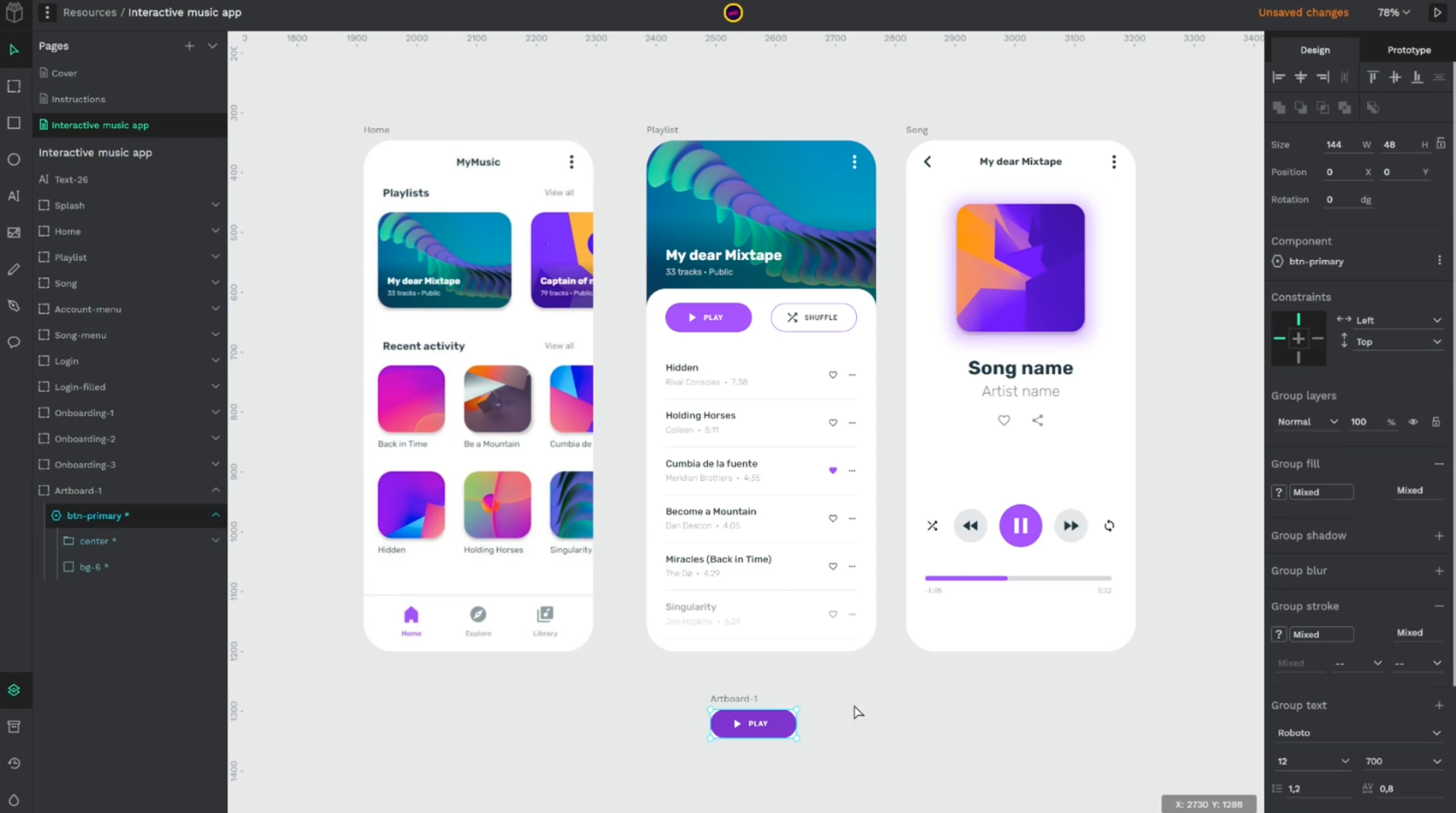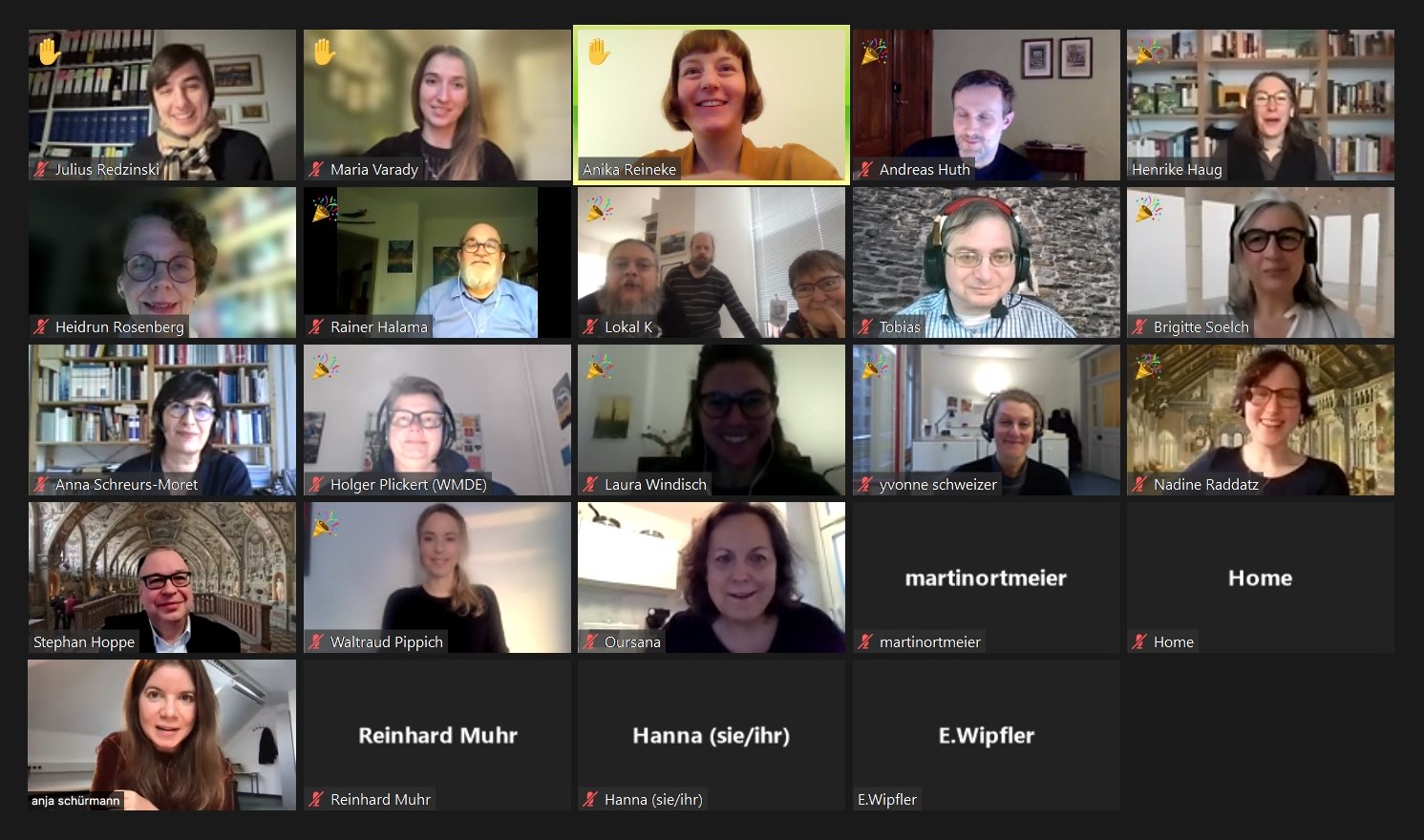10 Fun Facts About the Strange History Behind Taking a Screenshot
In the digital tapestry of modern technology, the humble screenshot occupies a unique and fascinating niche. Far from being a mere digital utility, the evolution of screenshots reflects broader technological advancements and the shifting ways in which we interact with digital media. This article embarks on a journey through the quirky evolution of screenshot history, exploring its origins, transformations, and the cultural phenomena it has inspired. From its inception as a technical necessity to its current status as a ubiquitous tool for communication and documentation, the screenshot's journey is a testament to innovation and adaptation in the digital age. As we delve into these 10 mind-bending insights, we will uncover how a simple image-capturing process became a cornerstone of digital interaction, shaping how we share information and experience the world.
1. The Birth of the Screenshot: A Technical Necessity

The concept of capturing a computer screen predates the modern screenshot as we know it today. The earliest instances can be traced back to the 1960s when computer scientists needed a way to document their work and share it with others. Initially, this was achieved through complex processes involving photographic equipment to capture the display of cathode-ray tube monitors. These early methods were cumbersome and required significant technical expertise, but they laid the groundwork for future innovations. As computer technology advanced, so too did the methods for capturing screen content. By the 1980s, the advent of graphical user interfaces (GUIs) and personal computers necessitated more efficient ways to document on-screen activity, leading to the development of software-based solutions.
2. The Rise of the Print Screen Key

With the proliferation of personal computers in the 1980s, the need for an easy way to capture screen content became apparent. Enter the "Print Screen" key, a feature that transformed the screenshot from a complex process into a simple keystroke. This innovation was a game-changer, allowing users to quickly and easily capture whatever was displayed on their screens. The Print Screen key became a standard feature on keyboards, democratizing the screenshot and making it accessible to the average computer user. This development was crucial in establishing the screenshot as a practical tool for everyday use, paving the way for its integration into various operating systems and applications.
3. Screenshots in the Age of the Internet

As the internet emerged and began to permeate every aspect of daily life, the role of screenshots evolved once again. Screenshots became vital for documenting online interactions, capturing fleeting moments on social media, and preserving evidence of digital communications. The ability to easily capture and share screen content became essential for both personal and professional use. Screenshots facilitated the rapid exchange of information and ideas, contributing to the collaborative nature of the internet. They also became a tool for transparency and accountability, used to document everything from customer service interactions to political statements, underscoring the growing importance of digital literacy.
4. The Cultural Impact of Screenshots

Screenshots have not only influenced how we interact with technology but have also had a significant cultural impact. They have become a form of digital storytelling, capturing moments that words alone cannot convey. Memes, viral posts, and internet culture owe much to the ability to capture and share screenshots. They have also become a tool for activism, allowing individuals to document and disseminate information quickly and widely. The cultural significance of screenshots is evident in their use across various platforms, from social media to news outlets, where they serve as both a tool for communication and a record of our digital lives.
5. Screenshots in Legal and Ethical Contexts

The ability to capture and preserve digital content has significant implications in legal and ethical contexts. Screenshots are frequently used as evidence in legal proceedings, providing a reliable record of digital interactions. However, this raises questions about privacy and consent, particularly when screenshots are shared without permission. The ethical considerations surrounding screenshots are complex, as they intersect with issues of intellectual property, digital rights, and personal privacy. As technology continues to evolve, so too must our understanding of the ethical implications of capturing and sharing digital content, highlighting the need for clear guidelines and best practices.
6. The Evolution of Screenshot Technology

As technology has advanced, so too has the capability and functionality of screenshots. Modern operating systems and applications offer a range of features that enhance the screenshot experience, from capturing specific windows or regions to annotating and editing images on the fly. Mobile devices have also expanded the possibilities for screenshots, with features like scrolling capture and screen recording. These advancements have made screenshots more versatile and user-friendly, allowing for greater creativity and expression. The evolution of screenshot technology reflects the broader trends in computing, emphasizing user experience and accessibility.
7. Screenshots as a Tool for Education and Training

Screenshots have become an invaluable tool in education and training, offering a visual method for conveying information and instructions. In online learning environments, screenshots are used to illustrate concepts, provide step-by-step guides, and offer feedback. They facilitate remote collaboration and communication, enabling educators and students to share information effectively. Screenshots also play a crucial role in technical support and customer service, where they help diagnose and resolve issues quickly. The educational potential of screenshots is vast, and their use continues to expand as digital learning becomes more prevalent.
8. The Role of Screenshots in Digital Communication

In the realm of digital communication, screenshots serve as a bridge between text and visual content. They provide context and clarity, helping to convey messages more effectively. Screenshots are often used in messaging apps and emails to share information quickly and succinctly. They can capture the nuances of a conversation or highlight specific details that might be lost in translation. As communication becomes increasingly digital, the role of screenshots in facilitating understanding and connection becomes more pronounced, underscoring their importance in our daily interactions.
9. Screenshots and the Future of Digital Interaction

Looking ahead, the future of screenshots is intertwined with the evolution of digital interaction. As virtual and augmented reality technologies develop, new methods for capturing and sharing digital experiences will emerge. Screenshots may evolve into more immersive forms of documentation, capturing not just static images but dynamic, interactive content. The integration of artificial intelligence and machine learning could also enhance the functionality of screenshots, enabling automatic tagging, categorization, and analysis of captured content. The future holds exciting possibilities for the continued evolution of screenshots, as they adapt to new technologies and user needs.
10. Defying Disappearance: Screenshots vs. Ephemeral Content

In an age of Snapchat streaks, Instagram Stories, and disappearing messages, content is often designed to be fleeting, mimicking real-life impermanence. Enter the screenshot: the simple, powerful tool that instantly defies this intended ephemerality. It acts as a digital freeze-frame, capturing moments meant to vanish and fundamentally shifting control from the sender to the receiver. This creates a fascinating tension – the screenshot becomes a tool for memory, proof, or even betrayal, directly subverting the platform's design. The subsequent development of screenshot notifications by some apps highlights this ongoing digital arms race between permanent capture and intentional transience.
As we conclude our exploration of screenshot history, it is clear that this seemingly simple tool has had a profound impact on the way we interact with technology and each other. From its humble beginnings as a technical necessity to its current role as a cultural and communicative powerhouse, the screenshot has evolved in tandem with the digital world. Its versatility, accessibility, and cultural significance ensure that it will remain an integral part of our digital lives for years to come. The journey of screenshots is a testament to the power of innovation and the enduring human desire to capture and share our experiences.







